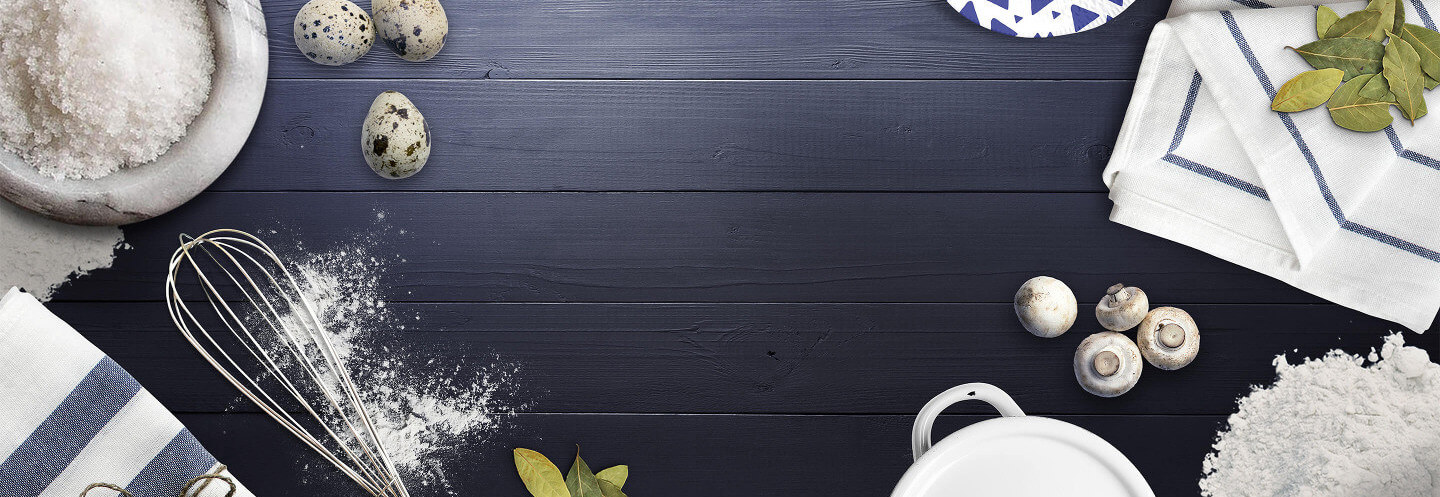https://www.copymethat.com/r/LcNACWfev/san-francisco-style-vietnamese-american-/
134639240
23m8RsQ
LcNACWfev
2024-06-02 00:10:38
San Francisco-Style Vietnamese American Garlic Noodles
loading...
These noodles, adapted from the cookbook "The Wok" by J. Kenji López-Alt, and based on the noodle dish originally created and served by Helene An at San Francisco’s Thanh Long restaurant, are extraordinarily simple and delicious on their own, but that doesn’t mean you can’t fancy them up a bit. They go very well with seafood, and some raw, shell-on shrimp stir-fried along with the garlic right from the start would be an excellent addition. Recently, I’ve taken to adding a few spoonfuls of tarako or mentaiko — Japanese salted pollock roe. Sushi-style flying fish roe (tobiko) or salmon roe (ikura) would also be a great addition, as would chunks of crab or lobster meat, or even Western-style caviar (if you’re feeling flush).
Servings: 4
Servings: 4
Ingredients
- 4 tablespoons unsalted butter
- 20 medium garlic cloves, minced or smashed in a mortar and pestle
- 4 teaspoons oyster sauce
- 2 teaspoons light soy sauce or shoyu
- 2 teaspoons fish sauce
- 1 pound dry spaghetti
- 1 ounce grated Parmesan or Pecorino Romano (heaping ¼ cup)
- A small handful of thinly sliced scallions (optional)
Steps
- Melt the butter in a wok or saucepan over medium heat. Add the garlic and cook, stirring, until fragrant but not browned, about 2 minutes. Add the oyster sauce, soy sauce and fish sauce, and stir to combine. Remove from the heat.
- Meanwhile, bring 1½ inches of water to a boil in a 12-inch skillet or sauté pan over high heat. (Alternatively, heat up just enough water to cover the spaghetti in a large Dutch oven or saucepan.) Add the pasta, stir a few times to make sure it’s not clumping, and cook, stirring occasionally, until just shy of al dente (about 2 minutes short of the recommended cook time on the package).
- Using tongs, transfer the cooked pasta to the garlic sauce, along with whatever water clings to it. (Reserve the pasta water in the skillet.) Increase the heat to high, add the cheese to the wok, and stir with a wooden spatula or spoon and toss vigorously until the sauce is creamy and emulsified, about 30 seconds. If the sauce looks too watery, let it keep reducing. If it looks greasy, splash some more cooking water into it and let it re-emulsify. Stir in the scallions (if using), and serve immediately.
Notes
- I’ve been using my meat tenderizing mallet for smashing garlic lately. Turns it into a creamy paste. Does a great job and I’ll use it with this recipe.
- I keep a large bulb of garlic, roots intact, in a small vase (one that held a hyacinth bulb purchased at Aldi works well). Use the tall green shoots from the garlic instead of scallions to add flavor and greenery to any number of dishes. The roots that grow swirl in a lovely pattern in the bottom of the vase, and the bulb will continue to produce shoots for weeks.
- As a Vietnamese immigrant whose parents owned a restaurant for decades in Denver, I would like to add another essential condiment/sauce in the canon of Vietnamese cooking called Maggi. My family makes this dish using Maggi and not fish sauce. Just thought I'd offer this up as another way to make these yummy noodles. Maggi, in its iconic curvaceous dark brown bottle, is not made of soy but wheat protein. You will often that tangy saltiness in Vietnamese sandwiches.
- YiaYia, a mortar and pestle crushes the garlic, releasing its flavors and oils, but a food processor just cuts it up finely, and the hard sides of the garlic are still intact, albeit smaller. But, little of the garlic’s flavor is released when it is simply cut into small pieces, so if you don’t have a mortar and pestle, it’s better to crush the garlic with the flat side of a heavy knife, and then mince it.
- Have been cooking pasta in a skillet for years. Use approximately 3 cups of water per 12 oz of pasta in 12-inch skillet. Turn heat to high. Cook approximately 10 minutes, stirring frequently, adding more water towards end if needed as noodles absorb the water and soften. Add favorite sauce - or transfer as recommended in this recipe and toss till you are happy with the finish.
- Hamish,
- Folks have tested this plenty of times - there's basic science to it. Here's one article from a colleague of Kenji's:
- That said, we cook for our homes, not a lab. Process the garlic any which way you want. The important thing is someone wanting to cook.
- Unusual for me, completely followed the recipe, no changes. I'll never cook pasta in a pot again.Added a fair amount of the pasta water, to the end product and tasted like we had a cream sauce. This is amazing, no leftovers ...and chop the garlic however you want!
- DO not buy crushed garlic in a jar. You can get away with whole peeled garlic in a crunch. Garlic is easy to use peel a few bulbs and leave it whole in your fridge and then you will have the pleasure of using garlic in your cereal in the morning.(just to see if anyone is reading)
- 1. On a well supported cutting board, smash garlic cloves with the flat side of a chef's knife - making sure to: hold the handle of the knife over the edge of the board; center the blade over the garlic (lest you send the clove flying across the kitchen); and give the side of the blade a nice hard whack.
- 2. Gather smashed cloves into what will look almost like a pile of pulp, and mince away.
- Fresh is surely better, but those little jars of minced garlic really do make life easier.
- I found a garlic "rocker" on Amazon while browsing kitchen utensils. I's a bent bar shape with small holes in the center. You press down and rock back and forth on a garlic clove and it pushes the garlic through the holes, releasing the most intense garlic flavor. It's much like a press, but without the messy clean up and frustration of getting all the garlic out of the press. It cleans up in about 15 seconds.
- I'll never mince garlic again!
- I have made this dish dozens of times over the last few years and it's always delicious. I do have a suggestion, however. The amount of sauce needs to be at least doubled from what is suggested above. Keep the butter and garlic on a very low flame so the garlic doesn't burn. Turn the heat off before adding the cheese.
- There are lots of vegan fish sauces and oyster sauces available, and they taste great.
- I live in Northern Virginia, so I get them from H Mart, but you can also find online. The vegan oyster sauce I prefer is Kikkoman.
- ps I just checked the bottle and it says vegetarian, not vegan - but I don't see anything in the ingredient list that's non-vegan.
- 1- Trust and follow the pasta cooking method - but stir to unstick from pan
- 2- Use all the garlic even if it seems like too much
- 3- Add a bit more of each of the sauces, and more like ½ c. cheese
- I ended up not even needing to drain the pasta, end result was perfectly creamy/emulsified, not greasy in the slightest. I told my Roman-born husband it was like Vietnamese carbonara. We added lots of black pepper (like the crab dish has). Anyone tried it w/ bottarga instead of cheese?



